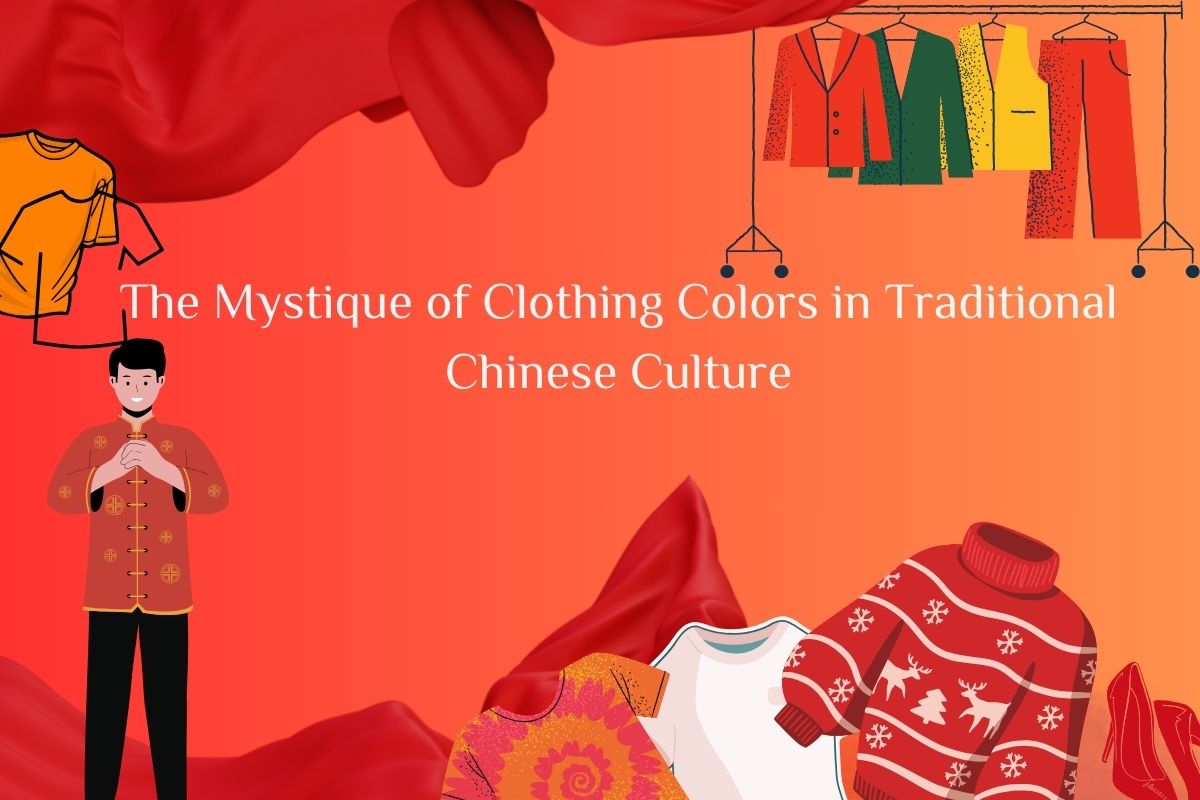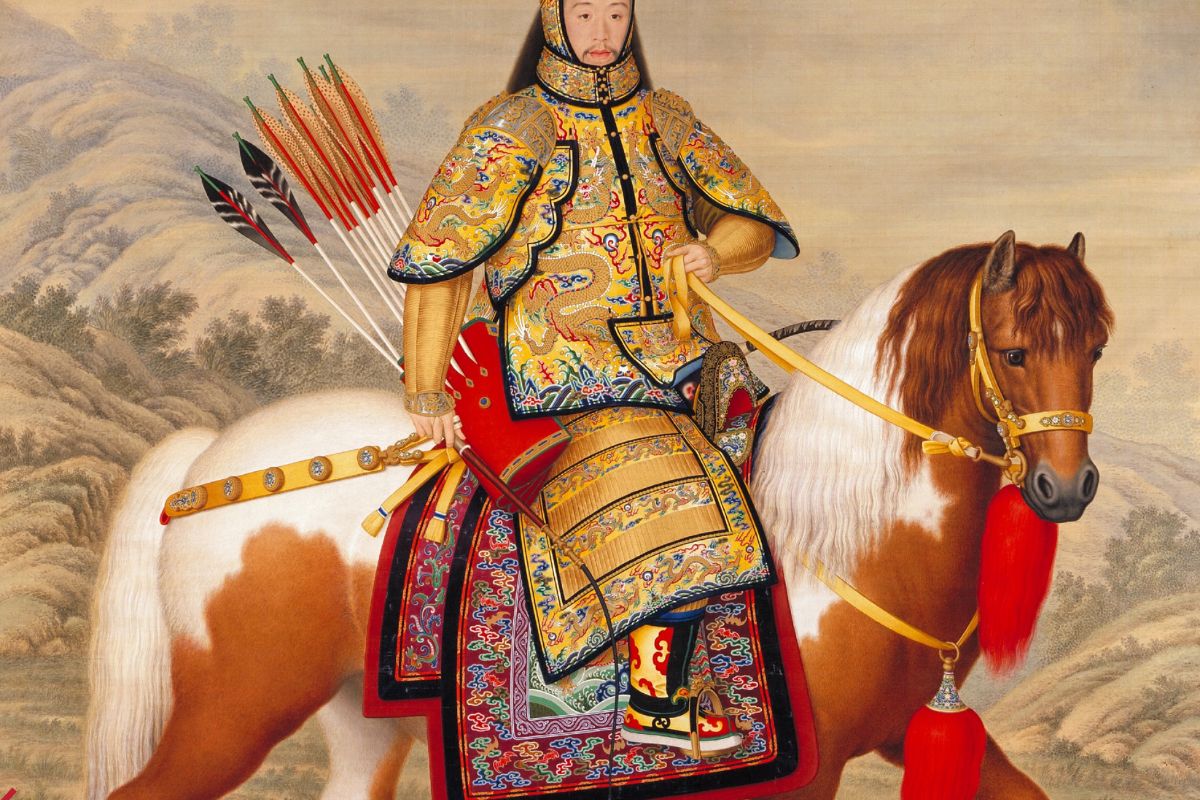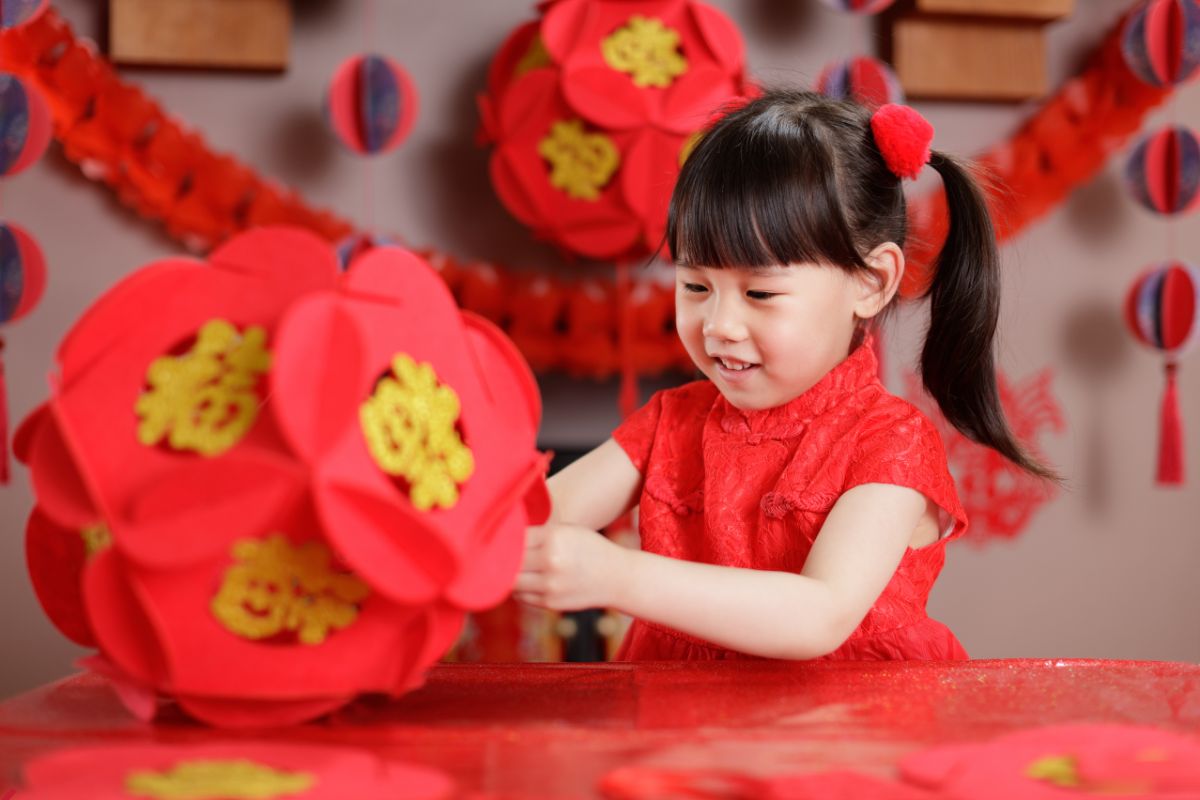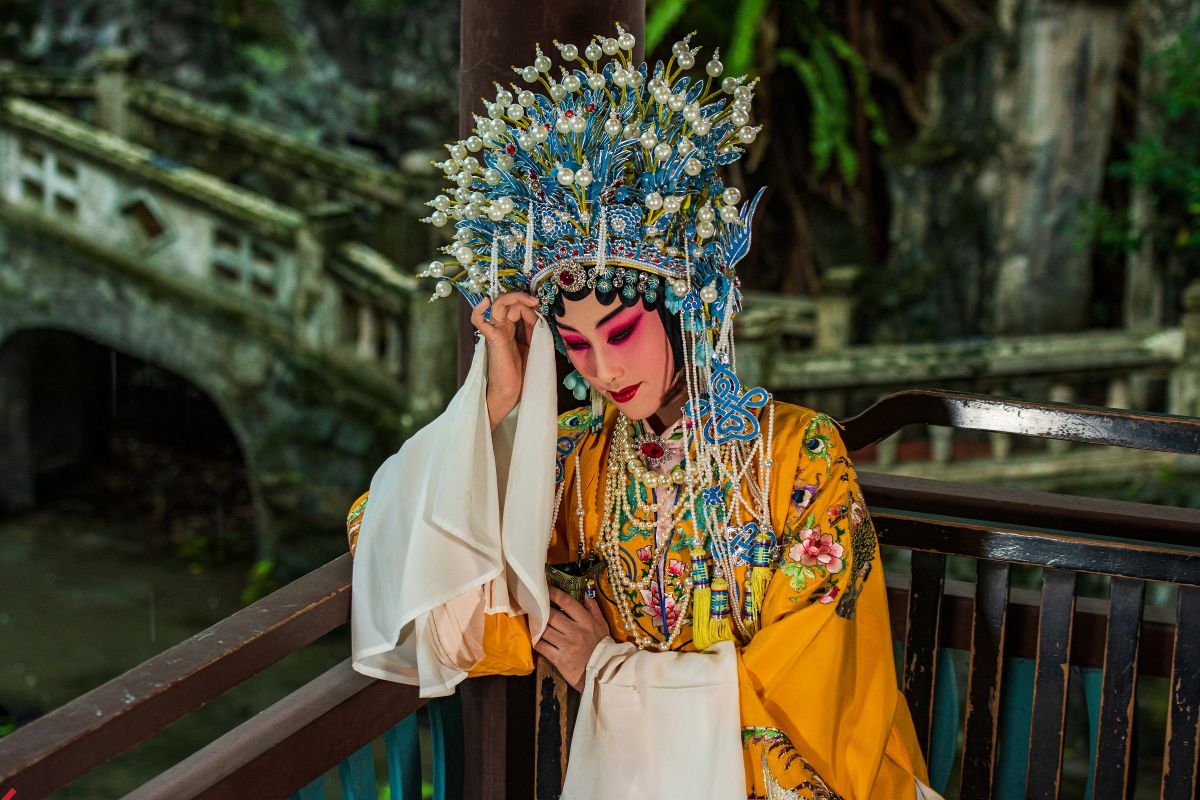The Mystique of Clothing Colors in Traditional Chinese Culture
What colors do you enjoy wearing? Preferences for clothing colors vary around the world. For example, in the Middle East, people prefer white clothes, while in India, vibrant colors are favored. In northern Europe, people lean towards a palette of black, white, and gray, aligning with their minimalist philosophy. In China, the choice of clothing colors is also intricately linked to tradition. Colors were historically used to denote social status and occupations. Today, people's selection of clothing colors is still deeply influenced by traditional culture. Would you like to learn more? This article will introduce you to this fascinating topic!

In ancient China, generally speaking, the more vibrant and rare the color of the dye染料(rǎn liào), the more noble it appeared (such as purple and vermilion), reserved only for the royal family. For example, yellow was the exclusive color of the emperor, symbolizing supreme imperial authority, while red was favored by the nobility. Commoners mostly wore simple colors like blue, gray, or brown, as these dyes were readily available and affordable. With changing times, the accessibility of dyes improved, allowing everyone to choose their preferred colors. However, the influence of history on people's choices of clothing colors remains profound, with traditional culture continuing to play a significant role even in modern times.

染料 (rǎn liào), noun, dye
Examples:
- The blue dye is obtained from the indigo plant.
蓝色染料是从靛蓝植物中提取的。
lán sè rǎn liào shì cónɡ diàn lán zhí wù zhōnɡ tí qǔ de 。 - This dye is exceedingly rare.
这种染料很罕见。
zhè zhǒnɡ rǎn liào hěn hǎn jiàn 。
Auspicious Red
When you think of China, do you think of the color red? You may often see Chinese people wearing red during festivals because in Chinese culture, red represents positive and uplifting energy, symbolizing joy, hope, and positivity. Therefore, on various traditional holidays and significant life moments, red is an indispensable color.
During the Chinese New Year, households adorn themselves with red lanterns and couplets, wear new red clothes to welcome the arrival of the new year, symbolizing happiness and good health for the upcoming year. In weddings, the bride's phoenix crown and the guests' attire often incorporate red, symbolizing a blissful marriage and vibrant life.

Furthermore, red signifies success and good luck. In exams, business openings, or any pursuit of success, red is favored. Many believe that wearing red accessories or clothing with red elements can bring good fortune and success.
Royal Yellow
Yellow has long been considered the exclusive color of royalty, symbolizing incomparable nobility and power. In ancient times, emperors wore bright yellow dragon robes, signifying that their authority came from the heavens, making them unique rulers. Consequently, yellow became a color reserved for the royal family, and commoners were not permitted to use it freely, which added to the sacredness associated with yellow among the Chinese people.

From the perspective of the Five Elements theory, yellow corresponds to the earth, occupying the center, symbolizing harmony and balance, reflecting the cosmology and philosophical thoughts pursued by the Chinese nation. Therefore, yellow also represents harmony and stability, and wearing yellow is considered a tribute to this philosophy of moderation.
Harmonious Neutrals
Chinese people's preference for neutral colors stems from the subtlety, harmony, and practicality of these colors, playing unique roles in Chinese culture and daily life.
Colors like black, white, gray, and various shades of brown possess depth without being ostentatious, allowing for simple yet elegant styles. This coincides with the Chinese traditional pursuit of the "Doctrine of the Mean," emphasizing moderation and seeking balance and harmony in all things.

Moreover, neutral-colored clothing衣服(yī fu) is versatile, suitable for various occasions. Whether it is a formal business meeting, daily work, or casual gatherings, neutral-colored attire always strikes the right balance, showcasing professionalism and reliability while maintaining a sense of fashion.
衣服 (yī fu), noun, clothing
Examples:
- Try on clothing and shoes to make sure they fit.
衣服和鞋要试穿以确保它们合适。
yī fu hé xié yào shì chuān yǐ què bǎo tā men hé shì 。 - He gathered the bundles of clothing into his arms.
他把一捆捆衣服抱起来。
tā bǎ yì kǔn kǔn yī fu bào qǐ lái 。
From ancient times to the present, colors in Chinese culture carry rich symbolic meanings, reflecting people's pursuit of life, happiness, and success. Whether it's the jubilant red, the noble yellow, or the steadfast and practical neutral colors, each color conveys the unique aesthetic and values of the Chinese nation. Through this article, I hope you can gain a deeper understanding of the mysteries of clothing colors in traditional Chinese culture!